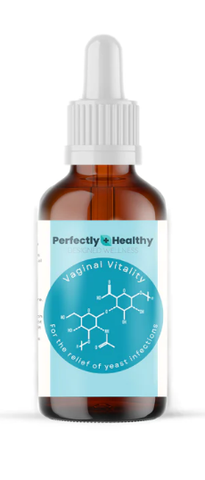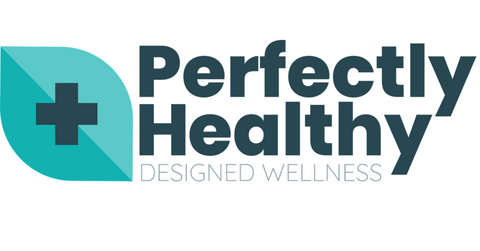Contrary to popular belief, vaginal thrush is not a sexually transmitted disease and is nothing to be ashamed of. Thrush affects more people than you think – up to 70% women will experience thrush at some point in their lives and it is completely natural and treatable.
Got your attention? Read on to find out more about vaginal thrush and how to treat it without any unnecessary embarrassment:
What is vaginal thrush?
Vaginal thrush is a common yeast infection caused by the candida species of fungus. It is easily treated and can be prevented. It is also called vaginal candidiasis.
Thrush is caused by a range of lifestyle and diet choices. Poor sleep, stress, hormones, glutinous foods, alcohol, and synthetic fibres in the area can all impact the balance of bacteria and yeast in your vagina, resulting in an increase of yeast known as Candida albicans, which can cause thrush. Getting your lifestyle and diet under control can have a great impact on your overall health, including of course your vagina.
Thrush occurs in many areas of the body, but especially in the vagina, anus and mouth.
Vaginal thrush can affect women of any age, although it is more common in women between the ages of 15 and 50 years old. It is unusual in girls who have not yet begun their periods and in older women after menopause.

What are the symptoms of vaginal thrush?
The most common symptoms are itchiness, irritation, swelling and redness in and around the vagina. You might also notice:
a thick, white or creamy vaginal discharge, which may look like cottage cheese
pain and/or discomfort during sexual intercourse
a burning or stinging sensation when urinating
Up to 1 in 5 women with vaginal thrush do not experience noticeable symptoms.
What causes vaginal thrush?
Most thrush is caused by the fungus candida albicans. This fungus exists naturally in the vagina, mouth, bowel and elsewhere. Normally, it causes no problems. But in some circumstances, the balance of normal bacteria and fungi in the body changes and the fungus starts to multiply and cause symptoms.
This can happen:
when taking antibiotics; these upset the normal balance of bacteria on the skin and in the body
during a period, or in pregnancy, when hormonal changes make the vagina more prone to thrush
in people with certain other illnesses, such as diabetes or a poorly functioning immune system
Thrush is not a sexually transmitted infection (STI) and many people already have a small amount of candida in their bodies before they have sexual contact with a partner. In fact, the organism is more common in people who are not sexually active.
However, sexual activity can worsen thrush and the infection can make sex uncomfortable.
Prevention of vaginal thrush
To help prevent vaginal thrush:
- Wipe your bottom from front to back after going to the toilet. This will prevent the spread of Candida albicans from the anus to the vagina.
- Avoid using soap to wash the genital area. Soap substitutes can be used.
- Avoid using antiseptics, douches or perfumed sprays in the genital area.
- Avoid using perfumed toilet papers and menstrual products.
- Avoid wearing tight-fitting pants and synthetic underwear.
- Consider changing your laundry detergent and don’t use fabric softeners.
Vaginal thrush and sex
You can still have sex when you have vaginal thrush. However, it can be uncomfortable and you may experience a burning sensation during or after sex. Use plenty of lubricant to protect your skin.
Thrush is not an STI, but male partners can sometimes get redness and irritation after sex.
The treatment for thrush can weaken condoms, so apply the treatments after you have had sex if you are using condoms.
Ruling out other vaginal conditions
A few other vaginal conditions result in symptoms that are like those of thrush. See your doctor if you:
- have had several episodes of thrush in a short period
- have had recent sex without a condom with a new partner
- have associated pain in your pelvic area or abnormal bleeding
- treated yourself with a thrush treatment and your symptoms haven’t gone away.
Treatment for vaginal thrush
Treatment aims to reduce the number of yeasts so they no longer cause symptoms. Options that are available from your local pharmacist without a prescription include:
-
antifungal creams or vaginal pessaries (tablets) – these are put inside the vagina with a special applicator and are used from one to six days, depending on the product. Occasionally a second course of treatment is required. Repeated topical treatments (applied to the skin) may occasionally cause skin irritation
- oral tablets – this treatment is more expensive than other options and is not recommended for pregnant women or as a ‘first line’ treatment. If you are on other medications or are pregnant, consult with your doctor or pharmacist before taking oral medication for thrush.
Sometimes symptoms only last for a short time (for example, the week before your period) and treatment is not necessary.
Shop Vaginal Vitality and many more good living products on our online store - Perfectly Healthy



